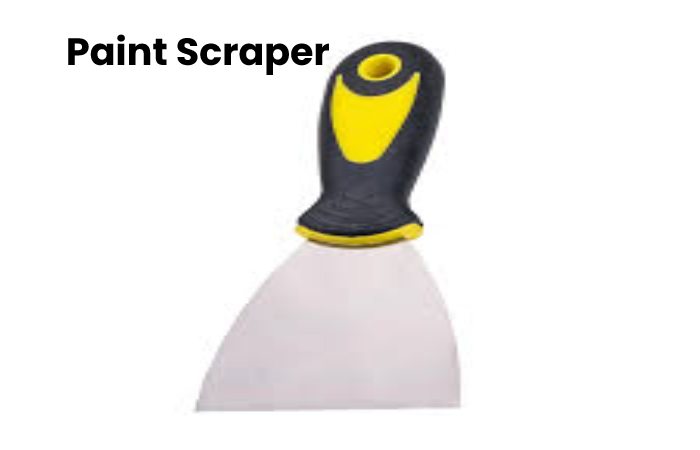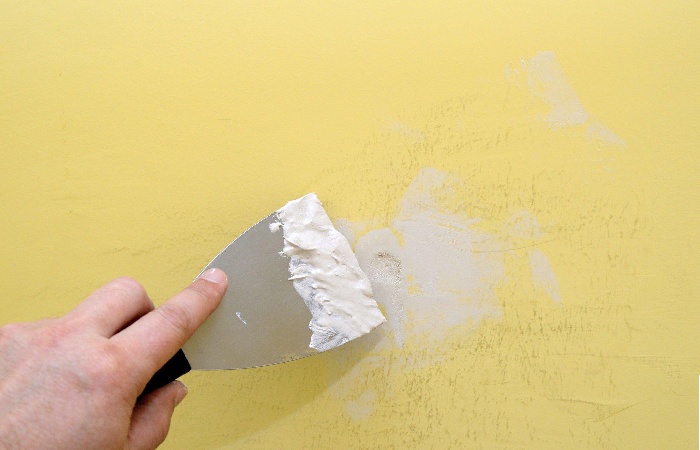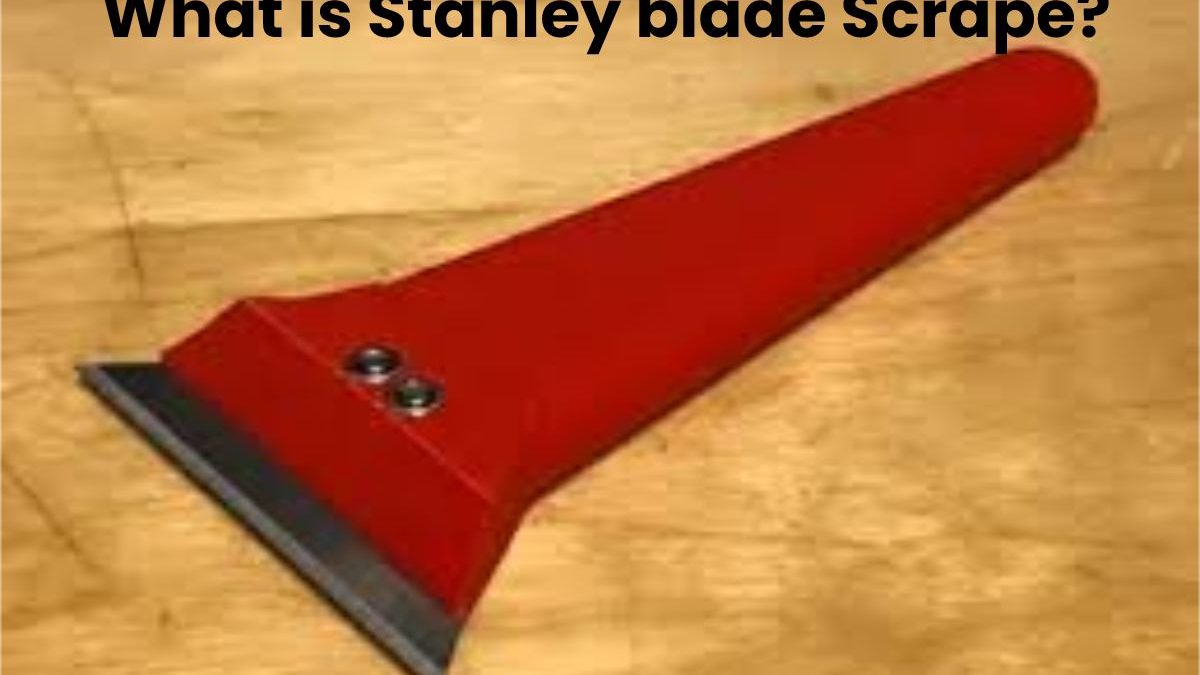Stanley blade Scrape: I’ve grouped a family of tools used to conduct various activities under a single title. They are similar in that they both have flat blades fixed on handles, but they differ in that some are light and flexible, while others are stiffer and heavier. The degree to which blade edges remain honed varies as well.
In a way, the hand scraper, a simplified plane, is the father of this specific family. The plane and the hand scraper are both used to smooth surfaces and remove fine shavings. The hand scraper—a flat piece of sheet metal also known as a cabinet scraper—is a vital tool in cabinet and other fine finish work. However, it remains virtually solely employed in the workshop. For the sake of this post, we’ll look at its less refined cousin, the paint scraper. It’s also a scraper, as the name implies, and it remains used to remove old paint. Stanley blade Scrape
Table of Contents
Paint Scraper

The instrument features a flat steel blade and wood, plastic, or metal handle. It has numerous applications, including removing wallpaper or paint once it has stayed softened with heat, and it may stand held in a grip similar to that of a screwdriver. The blade remains employed at a shallow angle to the surface remains stripped, and the paper, paint, or other substance peels away as the edge is advanced.
Another method for using the paint scraper that is very beneficial when scraping a wood surface is to grab it with both hands, squeezing it between the middle and forefingers and the thumb of each hand. To keep the corners from digging into the wood, bend the blade slightly with your thumbs. Push the scraper across the surface while angling it slightly away from you. Scrape along the grain.
Because this tool gets easier to use with experience, you may wish to explore and perfect the technique before attempting to strip a piece that will remain displayed prominently in your house.
Filling Knives and Putty

At first appearance, the putty knife seems to be a narrow paint scraper. The distinction is just one of weight: The putty knife bends more accessible than the paint scraper. It’s ideal for applying thick or pasty materials like glazing compounds, spackle, or other fillers.
More comprehensive variants of oare knives remain sometimes offered as filling knives, and these instruments have various widths ranging from one to four inches. These knives are similar to the wallboard knives used in applying plaster-like joint compounds.
Scraper with a hook

This tool appears to be the litter’s runt, yet it also has a place here. Its handle is long and designed to be held with two hands, allowing for significant weight and leverage to remain applied to the blade. The blade remains positioned at almost a 90-degree angle at the end of the handle. The edge may also remain reversed.
Hook scrapers are available with longer or shorter handles and blade lengths ranging from one and a half to two and a half inches.
The hook scraper remains intended for the most challenging scraping chores, such as removing tenacious paint from the old flooring.
Scraper with a Razor-Blade

This compact, low-cost tool is excellent for scraping paint off windows, cleaning tiles, and other hard surfaces. It remains made out of a flat housing meant to accommodate a single-edged razor blade; most models remain built such that the sword may remain safely retracted into the tool’s body for safe storage. When the edges become dull, slide the old one out and insert the new one.
Conclusion
The second warning is for all scrapers: Remember that they are sharp, bladed instruments capable of cutting and scraping skin as well as paper, paint, and other materials to varied degrees. To avoid mishaps, use them with caution and keep them correctly.
Also Read : How to Become a Digital Nomad?

